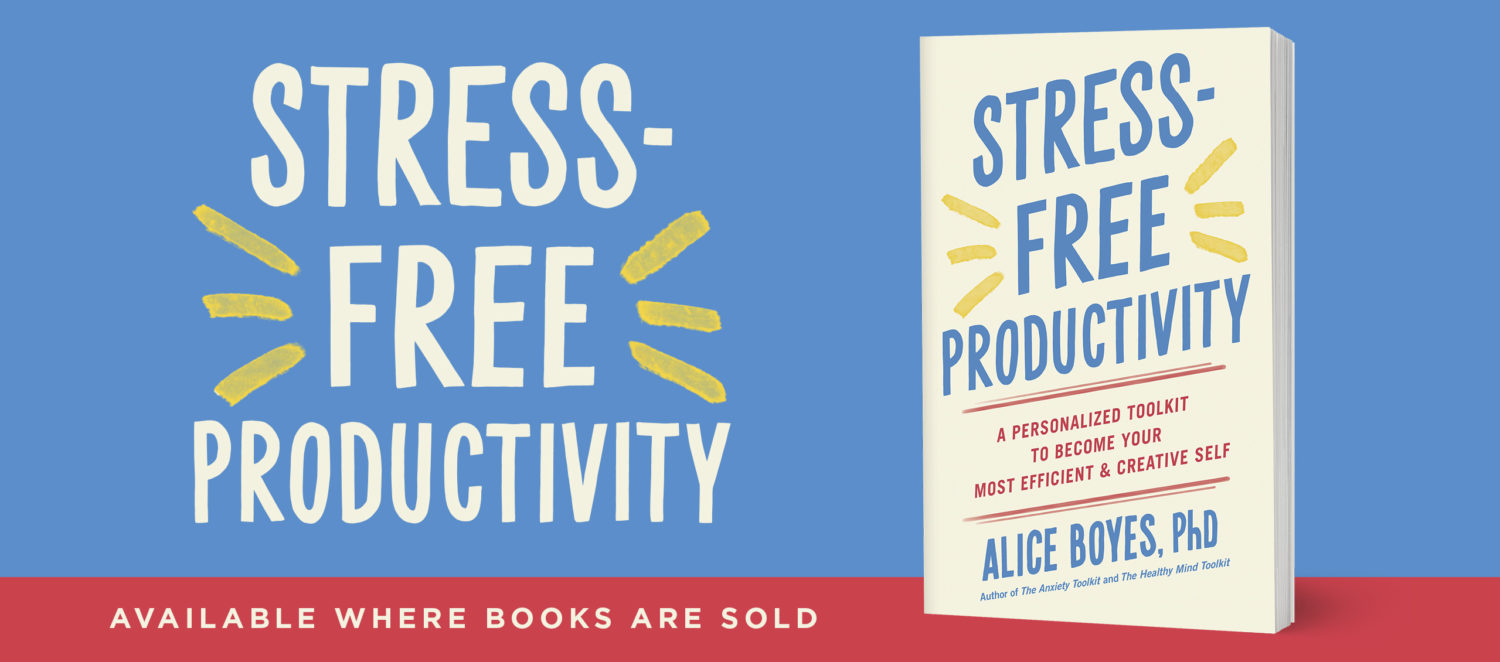Regulating Your Alertness (for Study, Work, etc)
Understanding alertness
How alert you feel is determined by structures in the center of your brain.
These structures get input from the front and back sections of your brain (the cortex and the cerebellum, respectively).
The front section of your brain provides what’s called “top-down” input. When you use self talk to tell yourself to concentrate, you are providing top down input.
The back section provides what’s called “bottom-up” input. It carries messages to your brain from your muscles and joints. Its called proprioceptive input.
If you have been exhausting yourself using the “top down” type of input to regulate your alertness, then you can try some of the bottom-up type.
Like what?
The idea is that you engage your muscles and joints, whenever you want to speed up your engine (feel more alert) or slow down your engine (feel calmer).
You’ll need to experiment with what works best for you.
Ideas include:
– carrying some boxes
– doing some tricep dips using the edge of your chair (I really like this one).
– doing some press ups, or some standing press ups by pushing off against a wall.
– squeezing a (firm-ish) stress ball
– chewing something (You can chew gum but you might need to chew several pieces at once)
– eating something crunchy (ice?)
– taking some basketball shots, or playing a game of four square.
– You can incorporate this into your normal day e.g. by going to retrieve your recycling bins when you notice you need some help concentrating. (Where I live our recycling bins are the heavy, wheelie type, so moving them involves pushing and pulling).
– Pick activities that have a sense of being “heavy work” (e.g. hence the idea that you might need to chew several pieces of gum rather than just one) so that you really get your joints and muscles activated, and trigger them sending messages to your brain.
The super cool thing
Bottom up regulation works for EITHER speeding up your engine or slowing it down – whichever you happen to need at the time – whether your engine is running too fast to concentrate and you need to feel calmer, or your engine is running too slow to concentrate and you need to feel more alert.
This can be used for kids too
Adults should figure out how to use this for themselves first. Then you can also help your children learn to recognize, label, and use strategies for when their engine is running too low or too fast for the task at hand.
The idea is that bottom up regulation is a more efficient way to regulate your alertness than top down regulation.
The model described in this post is from a book called How Does Your Engine Run? by Mary Sue Williams.



